As a young astronomer curious about the stars and planets, is getting a telescope worth it? This article will explore the value of owning a telescope and how it can enrich your astronomy experience.
Yes, getting a telescope can be worth it if you have a genuine interest in astronomy. A telescope lets you thoroughly explore the night sky beyond what’s possible with the naked eye, making your stargazing experience more exciting and engaging. Throughout your journey, you’ll be able to discover new celestial objects and learn more about our vast Universe.
In a nutshell:
As you dive into the world of telescopes, remember to consider factors like the type, size, and cost of the telescope. These factors will help you determine the best telescope for your needs and budget. Buckle up and get ready to embark on a cosmic adventure that can last a lifetime!
In this article, you get
A quick look at different telescope types
A detailed list of telescope accessories to consider
Plenty of examples of deep sky objects to target
By the end of this article, you’ll be inspired to get a telescope, know whether it’s worth it, and much more!
Let’s dive right in.
Recommended For You
Telescope Types and Their Differences

In this section, we’ll explore the three main types of telescopes: Refractor Telescopes, Reflector Telescopes, and Dobsonian Telescopes. Each has unique features and benefits, so let’s dive in and see what sets them apart.
Refractor Telescopes
Refractor telescopes use lenses to bend (or refract) light, creating an image to observe. They’re known for their crisp, high-contrast views. A few advantages of refractor telescopes are:
- Easy to use and maintain
- Excellent for lunar, planetary, and double-star viewing
- Durable and reliable
However, due to their limited aperture size, refractor telescopes can be expensive and may not be the best choice for observing faint deep-sky objects.
Reflector Telescopes
On the other hand, reflector telescopes (aka Newtonian Telescope) use mirrors as their primary device for gathering light. They’re often more affordable and offer larger aperture sizes than a refracting telescope. Here are some benefits of reflector telescopes:
- More affordable compared to a refractor telescope
- Larger apertures for observing faint deep-sky objects
- Compact design, making them highly portable
But, reflector telescopes may require more maintenance, as their mirrors need occasional alignment.
Dobsonian Telescopes
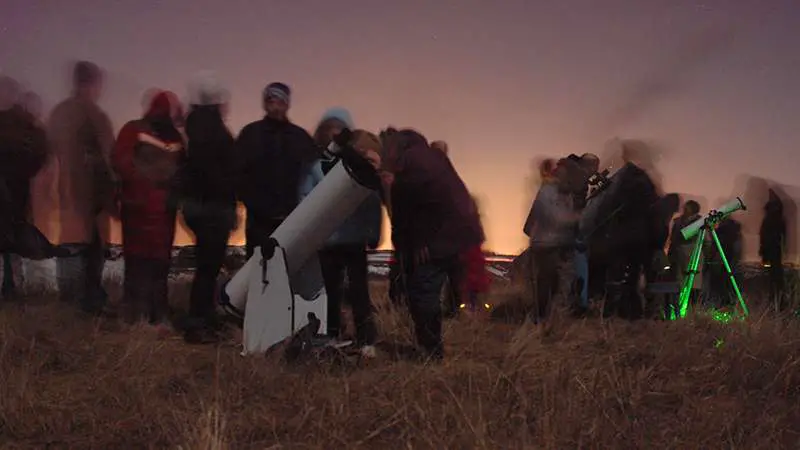
Dobsonian telescopes are a type of reflector telescope, but they’re unique in their mount design. Their simple, sturdy, and economical design make them popular among amateur astronomers. Some reasons to consider a Dobsonian telescope include the following:
- Large apertures for an affordable price
- Easy to set up and use
- Perfect for observing galaxies, nebulae, and other deep-sky objects
However, remember that Dobsonian telescopes can be bulky and heavy, making them somewhat challenging to transport.
Now that we’ve covered the main types of telescopes and their differences let’s move on to the next section, where we’ll explore how to choose the right telescope for you based on your interests and needs.
Understanding Astronomical Telescope Specifications
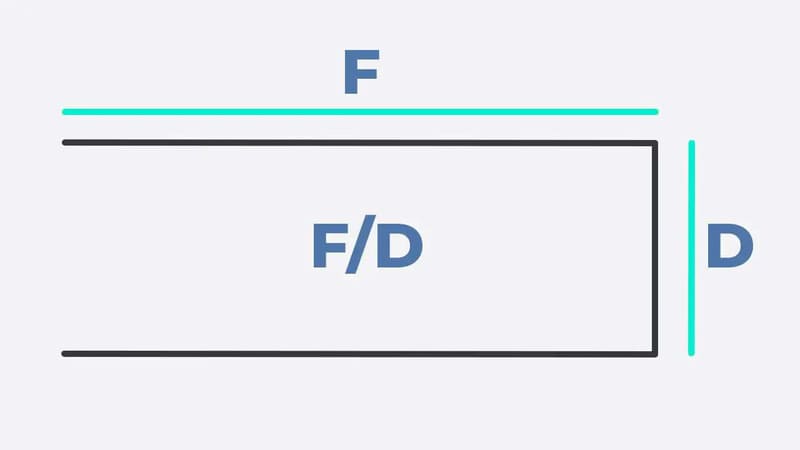
As an amateur astronomy enthusiast, you need to understand the main specifications of telescopes: aperture, focal length, magnification, and field of view. In this section, I’ll help break down these concepts and explain their significance in simple terms.
Aperture
The aperture is the diameter of a telescope’s main optical component, which can be either a lens or a mirror. A larger aperture allows more light to enter the telescope, enabling you to see fainter objects in the sky.
Here are some key points to remember about aperture:
- Larger aperture = brighter and clearer images
- A scope with a larger aperture can reveal more details in celestial objects.
- Aperture is often considered the most critical telescope specification.
Focal Length
Focal length is the distance between the telescope’s main optical component (e.g., objective lens) and the point where the light comes to focus. In simpler terms, it affects the magnification capabilities of the telescope.
Quick tips to keep in mind:
- Longer focal length = higher magnification
- Shorter focal length = a wider field of view, making it suitable for observing larger objects
Magnification
Magnification is the telescope’s ability to enlarge objects. However, it’s important to remember that higher magnification does not mean better image quality. Instead, it depends on a combination of factors, including aperture, focal length, and the eyepiece you use.
Here are some guidelines about magnification:
- Don’t be lured by exaggerated claims of extremely high magnification.
- A good rule of thumb: the maximum useful magnification is typically 50 times the aperture in inches or 2 times the aperture in millimeters
Field of View
The field of view is the extent of the observable sky you can see through the telescope. A wider field of view is excellent for observing larger celestial objects like the milky way, nebulae, and galaxies. At the same time, a narrower one works well for smaller objects like planets and stars.
To help you remember, keep these points in mind:
- Wider field of view: suitable for observing larger celestial objects
- Narrower field of view: better for observing smaller objects
Now that you understand these key telescope specifications, you’re better equipped to evaluate which is perfect for your stargazing adventures. In the next section, we’ll discuss choosing the correct telescope setup based on your interests and needs.
Choosing the Right Mount and Tripod
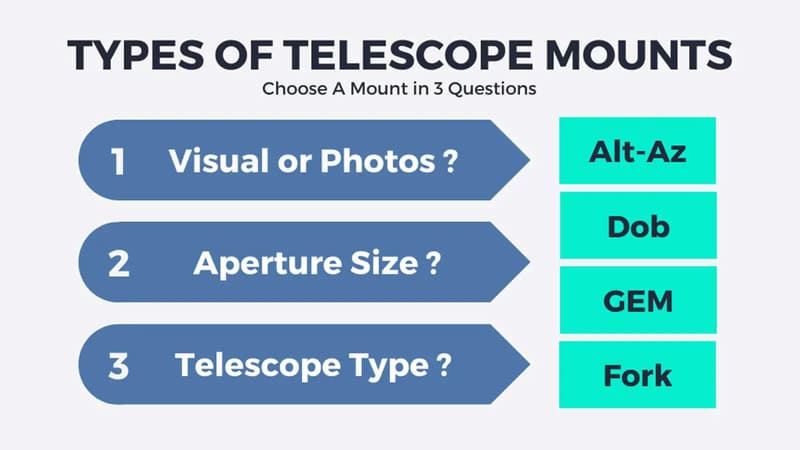
As an amateur astronomer, it’s crucial to focus on the essential equipment for a great stargazing experience, like the mount and tripod for your telescope. In this section, I’ll talk about two types of mounts: Equatorial and Altazimuth.
Equatorial Mount
Equatorial mounts are required for astrophotography.
An Equatorial mount is designed for tracking celestial objects, making it perfect for observing stars, planets, and other deep sky objects. With this mount, you can align your telescope to the Earth’s axis and smoothly track objects in the sky.
To set up an Equatorial mount, follow these steps:
- Adjust its tripod to a level position
- Align the mount to face north
- Polar Align the mount
Altazimuth Mount
An Altazimuth mount is more straightforward than an Equatorial mount, with two axes: altitude (up and down) and azimuth (left and right). This mount type is ideal for beginners because it’s easy to use and often more affordable. It’s the perfect mount if you’re doing visual observing.
You can use it for observing the Moon, planets, and brighter deep-sky objects.
To move an Altazimuth-mounted telescope, you need to tilt it up or down, left or right.
When choosing a mount and tripod, consider the following:
- The weight capacity: it should support your telescope and any accessories
- Portability: lighter mounts and tripods are easier to carry and transport
- Stability: a stable mount and tripod will help you achieve better observations
After understanding these different mounts, you’re all set to explore the night sky. In the next section, we’ll discuss choosing the right telescope accessories for you, helping you complete your amateur astronomy setup.
Essential Accessories and Eyepieces
Hey there! When diving into the world of telescopes, there are some accessories and eyepieces that’ll make your experience even more enjoyable. Let’s take a closer look at a few essential items.
Finder Scopes
A finder scope is a smaller telescope attached to your main telescope. They have a wider field of view to help you find and center an object before using your main telescope.
Trust me, they make it much easier to locate objects in the sky.
Here are a couple of popular types:
- Red dot finders project a red dot onto the sky, making it simple to line up with the object you want to observe.
- Optical finders look like mini telescopes and provide a magnified image so you can match the view with your star map or app.
Barlow Lenses
A Barlow lens is a handy accessory that increases the magnification of your eyepiece.
Higher magnification means seeing more detail in the objects you’re observing. For example, a 10mm eyepiece and a 2x Barlow lens will double the magnification to 20mm. Remember that higher magnification can make it harder to keep objects in view!
Plossl Eyepieces
When talking about eyepieces, Plossl eyepieces are worth mentioning.
These eyepieces are common and affordable, making them suitable for beginners. They have four or more lens elements, providing a clear, sharp image with a wide field of view. Since they come in different focal lengths, having a set of Plossls to explore various magnifications is a good idea.
Diagonals
Diagonals are accessories that make it easier to look through your telescope, especially when the eyepiece is in an awkward position. They bend the light path by 90 degrees, so you don’t have to strain your neck while stargazing.
You’ll find two types:
- Prism diagonals: These use a prism to reflect light and are commonly found in beginner telescopes.
- Mirror diagonals: These use a mirror to reflect light and usually provide better image quality.
Now you know some essential telescope accessories that’ll add more fun to your stargazing experience. Next, we’ll explore some celestial objects to observe.
Observing Celestial Objects: Is Getting a Telescope Worth It?
Planets
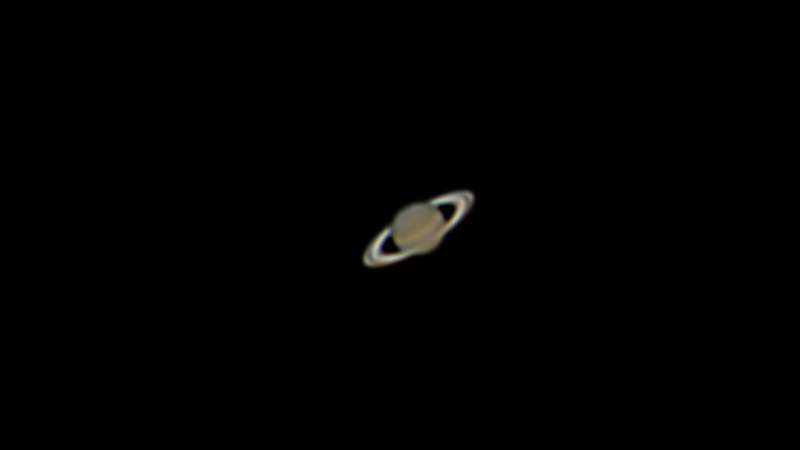
When observing planets, you’ll notice that they shine brightly in the sky. Use your telescope to look at the beautiful details on planets like Jupiter and Saturn. Remember, the more powerful the telescope, the better the details.
- Jupiter: Check out the gas giant’s colorful bands and the four largest moons.
- Saturn: Admire the stunning rings around this planet, visible even with small telescopes.
Moon
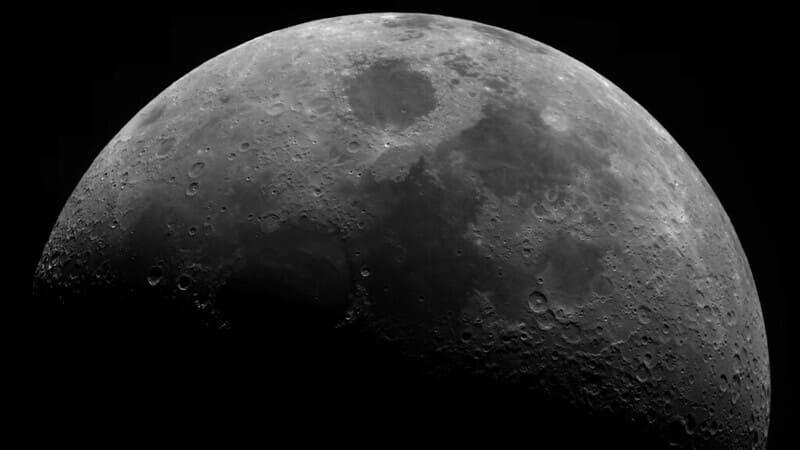
The Moon is an excellent target for beginner astronomers. It’s a bright object! You’ll be amazed by the craters, mountains, and valleys you can see on the lunar surface. But can you see the flag on the Moon?
- Best time: Observe the Moon during its various phases.
Sun

Warning! Use a solar-filter-equipped telescope to observe sunspots and solar flares.
Only look directly at the Sun with proper solar filters, as it can damage your eyes. Read my article on making your own telescope solar filter.
Constellations

The night sky is filled with fascinating constellations, each with stories and patterns.
Start by locating:
- Ursa Major (The Big Dipper)
- Orion (The Hunter)
- Cassiopeia (The Queen)
Star Clusters

Star clusters are dazzling groups of stars that can be appreciated with your telescope.
Some popular star clusters to observe include:
- Pleiades (Seven Sisters)
- M13 (Hercules Globular Cluster)
- The Double Cluster (Perseus)
Nebulae
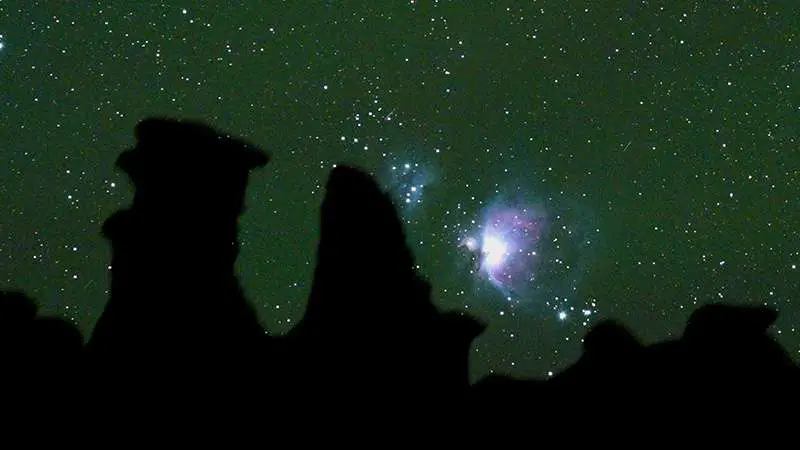
Nebulae, or clouds of gas and dust in space, offer a stunning view through telescopes.
A few notable examples are:
- Orion Nebula
- Ring Nebula
- Eagle Nebula (Pillars of Creation)
Galaxies

Although galaxies are far away, observing them with a good telescope is possible.
Start your galaxy hunt with the following:
- Andromeda Galaxy
- Whirlpool Galaxy
- Triangulum Galaxy
Which one is your favorite deep sky object?
Summary: Is A Telescope Worth It?
Thank you for reading my article “Is Getting a Telescope Worth It?”
Getting a telescope is worth it if you’re serious about visual astronomy. Telescopes allow you to explore the night sky and see amazing celestial objects like planets, nebulae, comets, galaxies, and star clusters. But remember to choose a decent telescope because a low-quality, cheap telescope might not meet your expectations.
Here are some key points to remember when deciding to get a beginner telescope:
- Choose a small telescope with good optics and mount for the best viewing experience
- High magnification is not always better, as it can result in fainter images
- It’s essential to consider the accessibility of dark sky sites for better viewing
A telescope can be a fun and educational way to learn more about the Universe’s wonders. Plus, telescopes can be a great conversation starter with friends!
Consider joining an astronomy club to learn more and share your passion with others, especially on cloudy nights. Go ahead and dive into the amazing world of amateur astronomy. Happy star-gazing!



